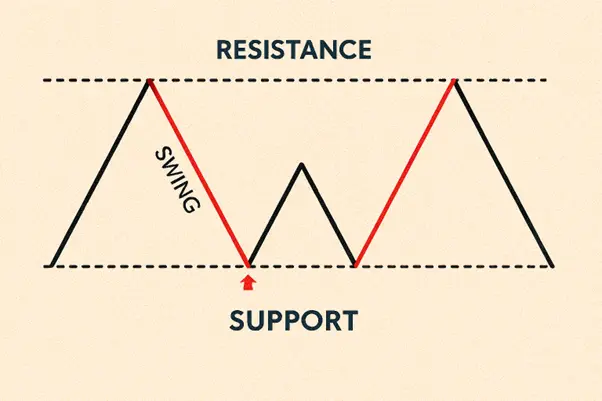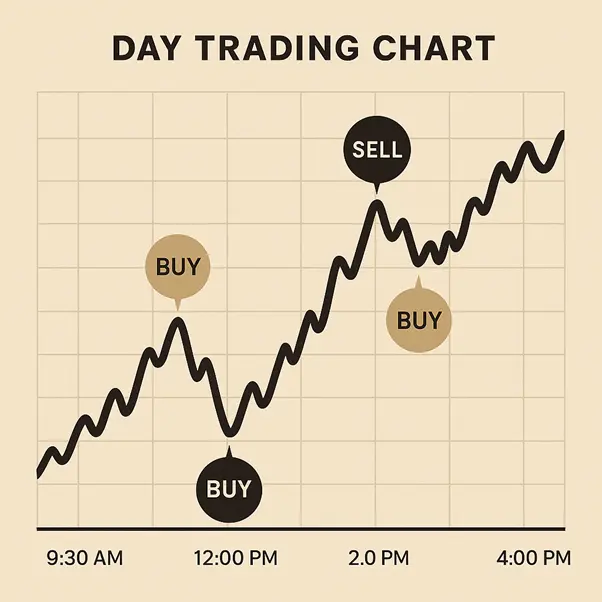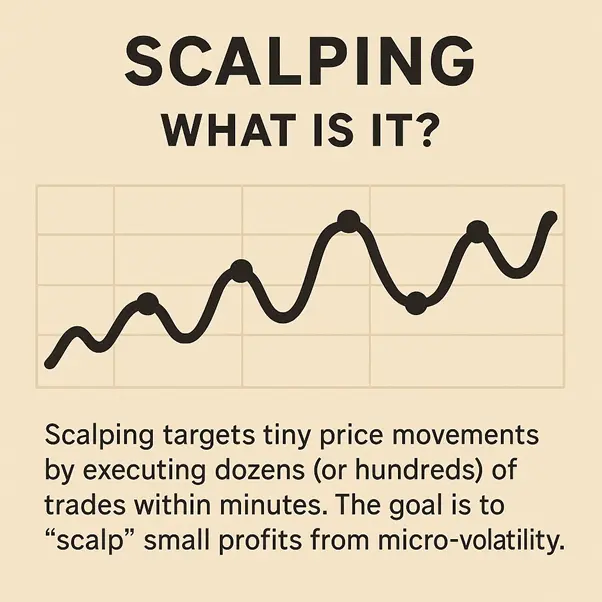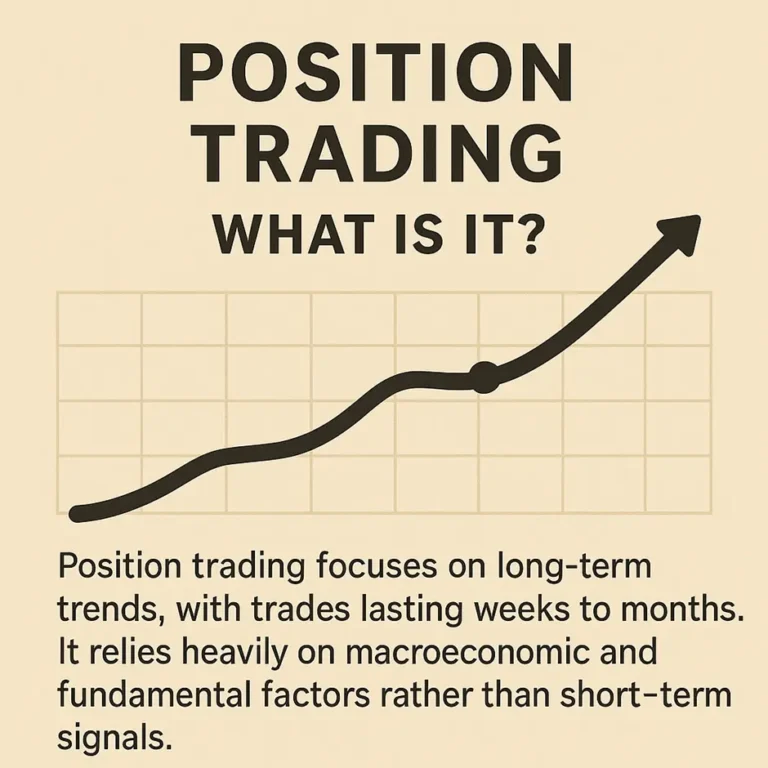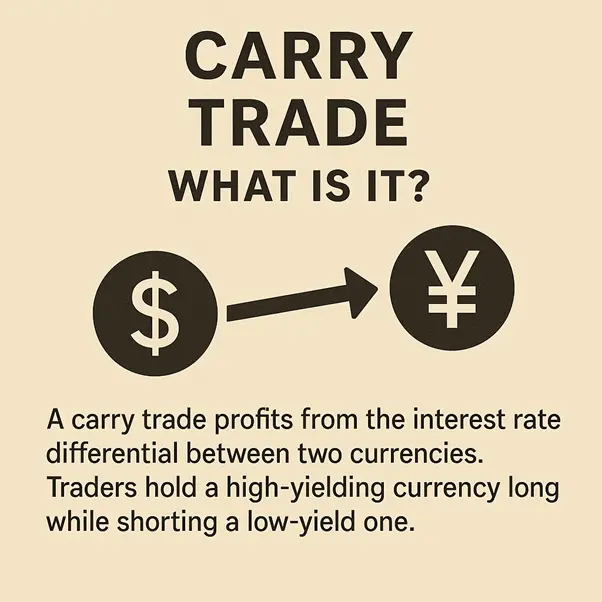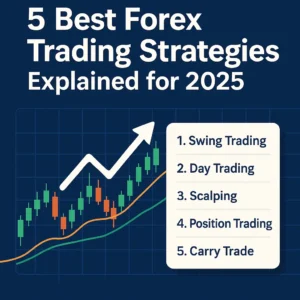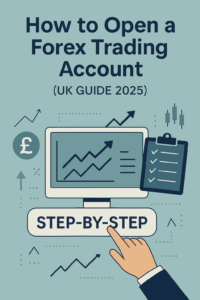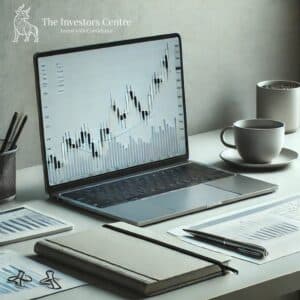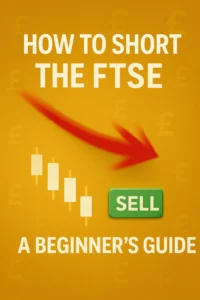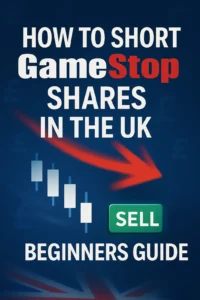5 Best Forex Trading Strategies - Explained for 2025
Profile

Co-Founder
Thomas brings extensive experience in financial analysis and investment research. With a strong background in both institutional and retail investment sectors, Thomas ensures all content meets the highest standards of accuracy and relevance.
Follow on Twitter Connect on LinkedIn"Every piece of investment advice should be grounded in solid research and practical application. My role is to ensure our content provides real value to investors at every level."
My Favourite Writes:
Profile

Co-Founder
Dom is an experienced retail investor, learning his craft in what he likes to call the "hard way". Through many of these lessons he has crafted himself a sound investment strategy that has enabled him to make investing into a business not just a hobby.
Follow on Twitter"Financial clarity and integrity are the cornerstones of everything we do. We're here to ensure that your investment journey is built on a solid financial understanding and a sound strategic foundation."
My Favourite Writes:
Profile

Co-founder & Senior Financial Platform Analyst
Adam founded The Investors Centre in 2023 and has personally tested 50+ UK financial platforms. An active investor since 2013, he has authored 200+ platform guides and oversees all testing methodology.
Follow on Twitter Connect on LinkedIn"Investment is about more than just numbers; it's about strategy, research, and the willingness to adapt."
My Favourite Writes:
How We Test
Our Commitment to Accuracy
At The Investors Centre, we maintain the highest standards of accuracy and reliability in all our investment education content. Every article undergoes rigorous fact-checking and review processes.
Our Testing & Verification Process
- Primary Research: We gather data directly from official sources including company reports, regulatory filings, and government databases.
- Platform Testing: Our team personally tests and evaluates investment platforms, creating accounts and documenting real user experiences.
- Expert Analysis: Content is reviewed by experienced investors and financial professionals within our team.
- Data Verification: All statistics, figures, and claims are cross-referenced with multiple authoritative sources.
- Regular Updates: We review and update content quarterly to ensure information remains current and accurate.
Review Standards
- Independence: We maintain editorial independence and disclose any potential conflicts of interest.
- Transparency: Our testing methodology and evaluation criteria are clearly documented.
- Objectivity: Reviews are based on measurable criteria and standardized testing procedures.
Corrections Policy
If errors are identified, we correct them promptly and note significant updates at the bottom of articles. Readers can report inaccuracies to our editorial team at info@theinvestorscentre.co.uk
Last Review Date
This article was last fact-checked and updated on: July 28, 2025
Disclaimer
Educational Purpose Only
All content on The Investors Centre is provided for educational and informational purposes only. It should not be construed as personalised investment advice, financial advice, or a recommendation to buy, sell, or hold any investment or security.
No Financial Advice
We are not authorised by the Financial Conduct Authority (FCA) to provide investment advice. Content on this website does not constitute financial advice, and you should not rely on it as such. Always consult with a qualified financial advisor or professional before making investment decisions.
Investment Risks
Investing carries inherent risks, including the potential loss of principal. Past performance does not guarantee future results. The value of investments can go down as well as up, and you may not get back the amount originally invested.
Accuracy & Completeness
While we strive to provide accurate and up-to-date information, we make no representations or warranties of any kind, express or implied, about the completeness, accuracy, reliability, suitability, or availability of the information contained on this website.
Third-Party Content & Links
This website may contain links to third-party websites and references to third-party products or services. We do not endorse, control, or assume responsibility for any third-party content, privacy policies, or practices. Users access third-party sites at their own risk.
Affiliate Disclosure
Some links on this site may be affiliate links. If you click on these links and make a purchase or sign up for a service, we may receive a commission at no additional cost to you. This does not influence our editorial content or reviews.
Personal Responsibility
Any action you take upon the information on this website is strictly at your own risk. We will not be liable for any losses or damages in connection with the use of our website or the information provided.
Regulatory Notice
Investment products and services featured on this website may not be available in all jurisdictions or to all persons. Users are responsible for complying with local laws and regulations.
Contact Information
For questions about this disclaimer or our content, please contact:
Email: info@theinvestorscentre.co.uk
Last Updated
This disclaimer was last updated on: August 2025
Quick Answer: What’s the Best Forex Strategy?
Swing trading is the most balanced forex strategy for most traders. It allows you to trade without being glued to your screen, while still using clear technical setups. For active traders, day trading or scalping may offer more frequent opportunities—but with higher risk.
How do the top forex trading strategies rank?
| Rank | Strategy | Timeframe | Risk Level | Skill Level | Best For |
|---|---|---|---|---|---|
| 1 | Swing Trading | Days–Weeks | Moderate | Beginner+ | Balanced, part-time traders |
| 2 | Day Trading | Intraday | High | Intermediate | Full-time, active traders |
| 3 | Scalping | Seconds–Minutes | Very High | Advanced | High-frequency traders |
| 4 | Position Trading | Weeks–Months | Low | Beginner+ | Long-term macro investors |
| 5 | Carry Trade | Long-Term | Moderate | Intermediate | Earning interest spreads |
Top 5 Forex Trading Strategies
Swing Trading
What Is It?
Swing trading aims to capture medium-term price swings by holding trades for several days to weeks. Traders look for momentum within broader trends, entering on pullbacks or breakouts using technical setups.
Who Is It For?
Best for part-time traders who want a structured approach without watching charts all day.
Real-World Example:
A trader spots a bullish flag on the EUR/USD daily chart, enters after the breakout, and holds for 5 days until the next resistance is hit.
Key Tools & Indicators:
- Moving Averages (e.g., 50 & 200 EMA)
- RSI for overbought/oversold zones
- MACD crossovers
- Support/resistance levels
- Trendlines
Day Trading
What Is It?
Day trading involves buying and selling currencies within the same trading day. It avoids overnight risk while capitalizing on short-term intraday price action.
Who Is It For?
Ideal for full-time traders who enjoy making quick decisions in fast-moving markets.
Real-World Example:
After a strong UK jobs report, GBP/USD breaks a resistance level. A trader enters a long position and exits within 3 hours after a 40-pip gain.
Key Tools & Indicators:
- 5–15 minute candlestick charts
- Economic calendar for daily news events
- Volume and volatility spikes
- Price action patterns
- VWAP and intraday pivot points
Scalping
What Is It?
Scalping targets tiny price movements by executing dozens (or hundreds) of trades within minutes. The goal is to “scalp” small profits from micro-volatility.
Who Is It For?
Experienced traders who can handle high-speed decision-making and have access to fast execution platforms.
Real-World Example:
Using Level 2 data, a trader buys EUR/USD at 1.0750 and exits at 1.0752 within 90 seconds, repeating this across news lulls.
Key Tools & Indicators:
- Tick charts or 1-minute charts
- Level 2 depth of market (DOM)
- Low-lag indicators (e.g., EMA ribbons)
- ECN brokers with tight spreads
- Hotkeys for instant trade execution
Position Trading
What Is It?
Position trading focuses on long-term trends, with trades lasting weeks to months. It relies heavily on macroeconomic and fundamental factors rather than short-term signals.
Who Is It For?
Suited for investors and patient traders who want to “set and forget” with fewer trades.
Real-World Example:
A trader anticipates Fed interest rate hikes and enters a USD/JPY long position based on policy divergence, holding the trade for 2 months.
Key Tools & Indicators:
- Central bank rate outlooks
- Weekly/monthly charts
- Moving averages (e.g., 100/200 SMA)
- Inflation, GDP, and employment reports
- Currency strength analysis
Carry Trade
What Is It?
A carry trade profits from the interest rate differential between two currencies. Traders hold a high-yielding currency long while shorting a low-yield one.
Who Is It For?
Macro traders seeking passive returns over time, especially in low-volatility environments.
Real-World Example:
A trader goes long AUD/JPY to earn overnight interest, banking on interest rate stability in Australia and Japan.
Key Tools & Indicators:
- Interest rate differentials (swap rates)
- Central bank outlooks (RBA, BOJ, etc.)
- Low-volatility pair selection
- Economic calendar (for rate decisions)
- Long-term trend indicators
How to Choose the Right Forex Strategy
What’s the Best Strategy for My Time Availability?
If you can commit full-time, scalping or day trading may suit you. For those with limited time, swing or position trading is better. These allow you to analyse markets at your convenience and hold trades longer without needing constant screen time.
How Do I Know My Risk Tolerance?
If fast-paced trades and quick losses make you anxious, avoid scalping or day trading. Swing and position trading reduce emotional pressure by offering slower decision-making and steadier results. Your comfort level with volatility should guide your strategy choice.
Which Strategy Aligns With My Goals?
If your goal is daily income, go with scalping or day trading. For medium-term profits, swing trading is best. If you’re thinking long-term wealth and passive management, position trading or carry trades are ideal. Match your approach to your desired outcome.
How to Test a Forex Strategy Before You Trade
How Can I Safely Practice a Forex Strategy?
Use a demo account on a broker platform to simulate trades with virtual funds. This lets you practise entries, exits, and risk management without risking capital. It’s ideal for building confidence, refining techniques, and ensuring you understand your strategy before trading live.
Why Should I Backtest With Historical Data?
Backtesting runs your strategy through past market data to see how it would have performed. It helps validate setups, estimate drawdowns, and identify flaws before real money is involved. While not foolproof, it’s an essential step in assessing strategy reliability and consistency.
How Do I Know If My Strategy Works?
Track every trade in a journal—date, setup, entry, exit, result, and lesson learned. Over time, you’ll see patterns in what works and what fails. Adjust based on data, not emotion. Consistent journaling is one of the simplest ways to improve your trading edge.
What Tools Do You Need to Execute a Forex Strategy Effectively?
What Should I Look for in a Forex Trading Platform?
Choose a platform with fast execution, low spreads, and advanced charts. It should support one-click trading, allow for strategy automation, and run smoothly during high-volatility periods. Mobile apps and platform stability are critical for active traders who need responsiveness at all times.
Which Technical Tools Help Execute Strategies Effectively?
Use key indicators like moving averages, RSI, MACD, and Bollinger Bands to spot trends and entry signals. Set price alerts to reduce screen time. The goal is clarity—avoid overcrowding your chart and only use tools that match your strategy’s logic.
How Do Economic Calendars and News Help Trading?
An economic calendar lists important events—interest rate decisions, inflation data, job reports—that can impact currency prices. Newsfeeds offer real-time updates that help you anticipate volatility. Both are essential for timing trades, managing risk, and avoiding unexpected losses during high-impact market events.
What’s the Best Way to Choose a Forex Strategy?
The best strategy depends on your goals, availability, and risk tolerance. Start simple—swing or position trading works well for most beginners. Test everything before going live, track results, and adapt as you learn. Discipline and consistency matter more than chasing fast profits.
Trade Smarter, not Harder
- Copy Trading
- Competitive Fees
- Multi-Asset Platform
61% of retail CFD accounts lose money when trading CFD’s with this provider.
FAQs
What’s the safest forex trading strategy for beginners?
Swing trading and position trading are considered the safest for beginners. They offer clear setups, manageable screen time, and reduced emotional pressure compared to high-frequency methods like scalping.
Can I trade forex part-time while working a job?
Yes. Swing trading and position trading are ideal for part-time traders. They allow you to analyse markets in the evening and hold trades for days or weeks, eliminating the need for constant monitoring.
How much money do I need to start forex trading?
Many brokers let you start with as little as $100, but for effective risk management and strategy testing, starting with at least $500–$1,000 is recommended.
What’s the difference between technical and fundamental strategies?
Technical strategies rely on charts, indicators, and patterns. Fundamental strategies use economic data, interest rates, and geopolitical trends. Most successful traders use a blend of both.
How long does it take to become consistently profitable in forex?
It varies, but most traders need 6–18 months of practice, journaling, and testing to achieve consistent profitability. Discipline and risk management are key—not just picking a strategy.

